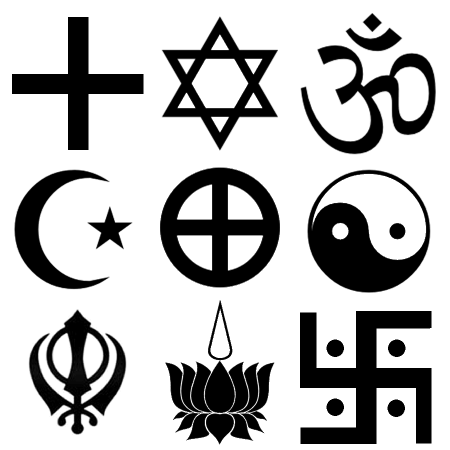
On Thursday 3rd of December, the Parliament of the World’s Religions opened the doors of its 5th parliamentary session in Melbourne, Australia. The first session took place on 1893 at the World Exposition of Chicago. The parliament waited 100 years to host its second parliamentary session and since 1993, the inter-religious body has met every 5 years.
At its first meeting, the assembly wanted to promote a better understanding of different cultures and already called for peaceful relations between all religions. They also called for a common understanding of faith, exemplified by Indian Hindu delegate Swami Vivekananda’s call: “if there is ever to be a universal religion, it must be one which will hold no location in place or time; which will be infinite, like the God it will preach; whose Son shines upon the followers of Krishna or Christ, saints or sinners, alike; which will not be the Brahman or Buddhist, Christian or Mohammedan [Muslim], but the sum total of all these”.
After 100 years of inactivity, the assembly has started to play a proactive role in what is called para- or indirect diplomacy; ensuring that different religions and populations exchange views and opinions on global affairs with a religious perspective; the final goal being peace. For example, in 1999 the assembly focused on HIV/AIDS. This year, the parliament will focus on the rights of indigenous people and on climate change.In Melbourne, the assembly will not only bring together religious leaders like the Dalai Lama or Jathedar Singh Sahib Giani Gurbachan Singh, the religious leader of the Sikh movement. Policy makers and academics will also be present, with former US president Jimmy Carter, Mahmud Erol Kilic, secretary general of the parliamentary Union of the OIC and Jonathan Granoff, President of the Global Security Institute, contributing to the debates.
But on a concrete level- what are they doing? Praying and singing “Kumbaya my Lord” for one week, hoping that the world would get better? Of course not. Their approach is similar to the “Charter for Compassion” that we blogged about a few weeks back. They have worked with Patheos, an online database of religious beliefs. They are also behind the PeaceNext project, a social network that gathers people, information and events that are dedicated to peace through religion.
Even though I am personally against a strong involvement of religion in politics, I acknowledge the usefulness of such a parliament. With Huntington’s Clash of Civilizations looming in the shadows of an increasingly conflict-prone world, we need global initiatives that encourage direct and honest communication between people from different cultures and religious communities. Whether it is the United Nations for policy-makers, the World Economic Forum for companies or the Parliament of World’s Religions for religious leaders, the more comprehensive those initiatives are, the more understanding will be developed and the lower the risk of world conflict will be.
According to their promotional video, “religion is a force that is supposed to bind and to bring people together. It’s natural that all of us should come together and build a good understanding”.
In my post minaret-ban trauma, I couldn’t agree more.

